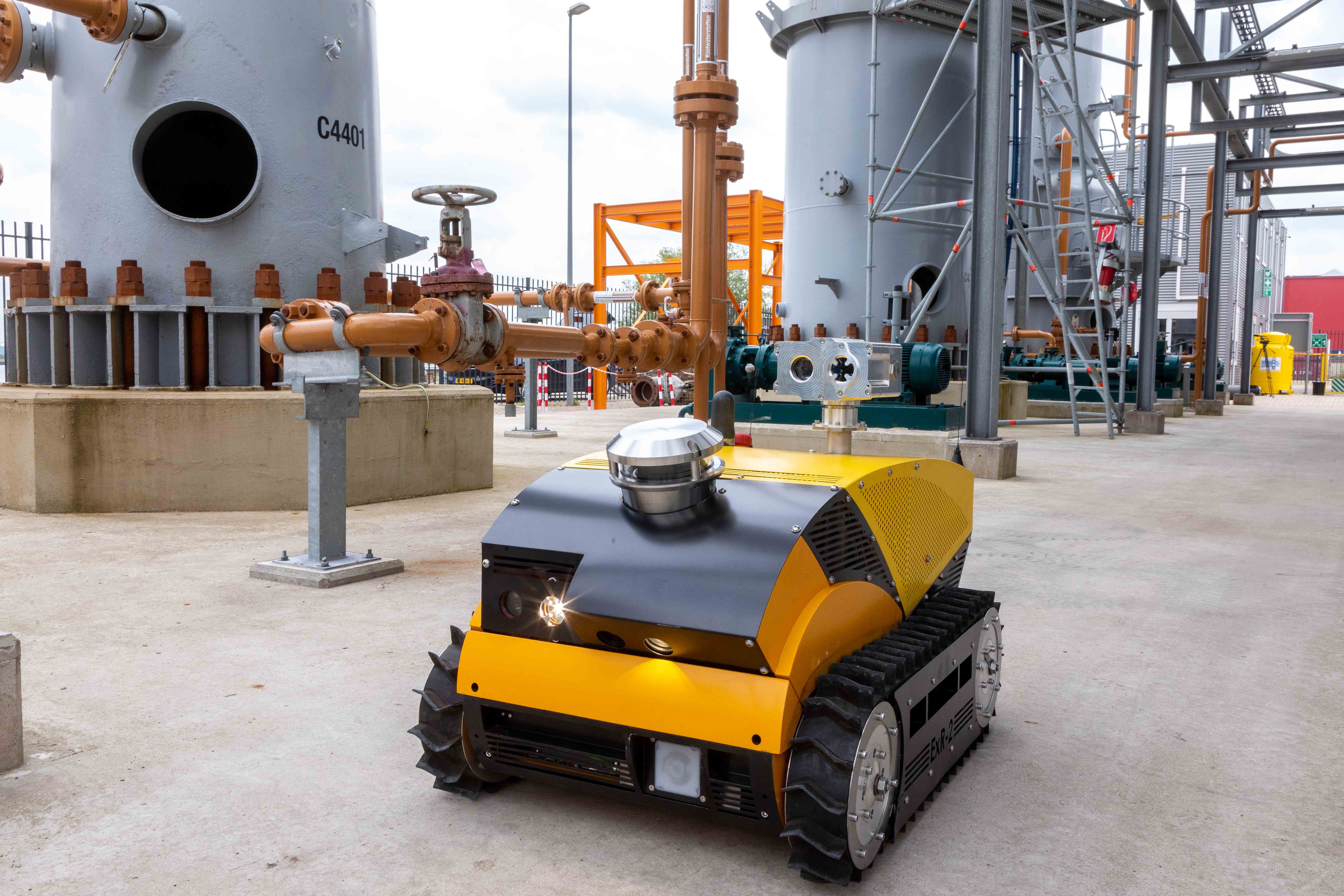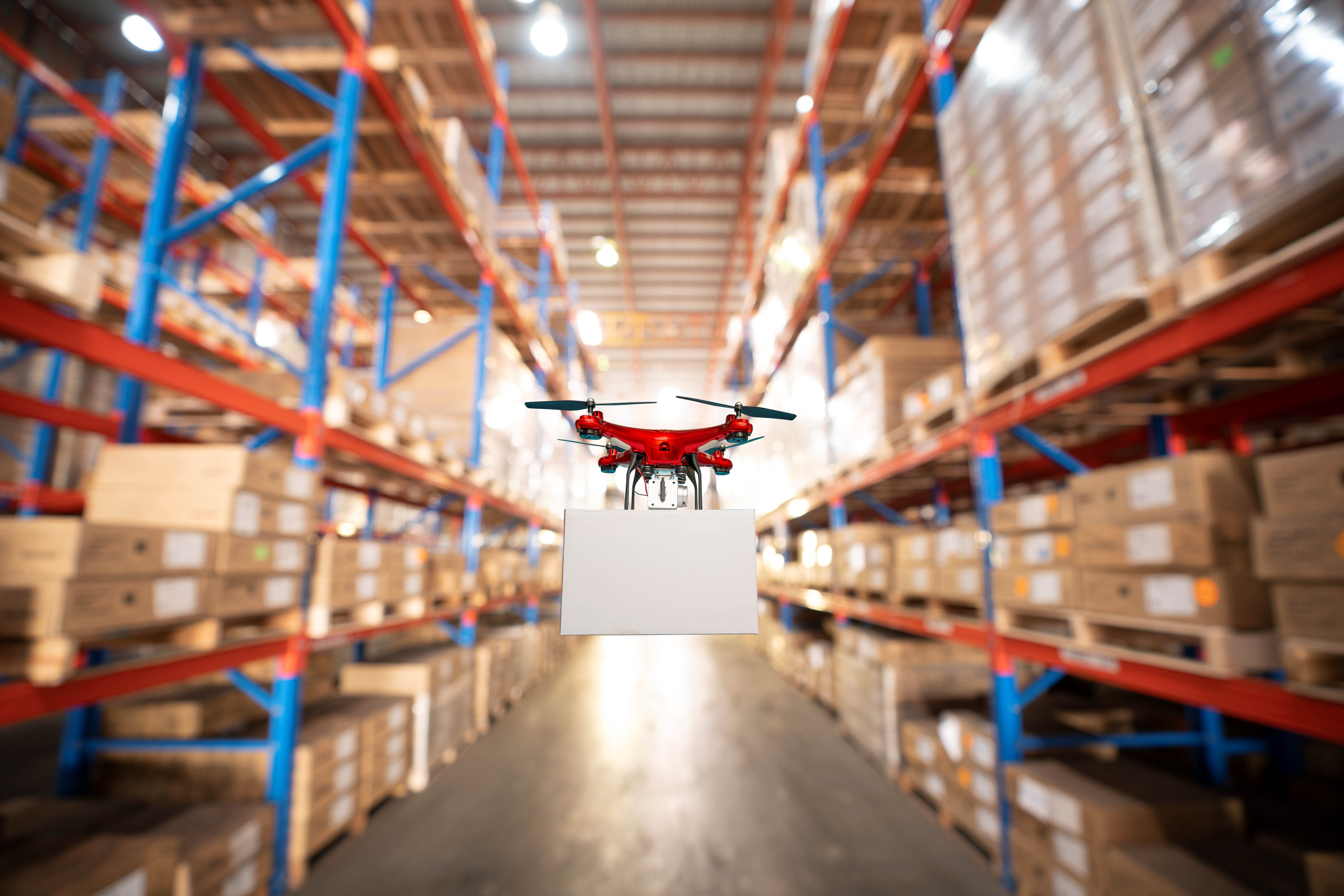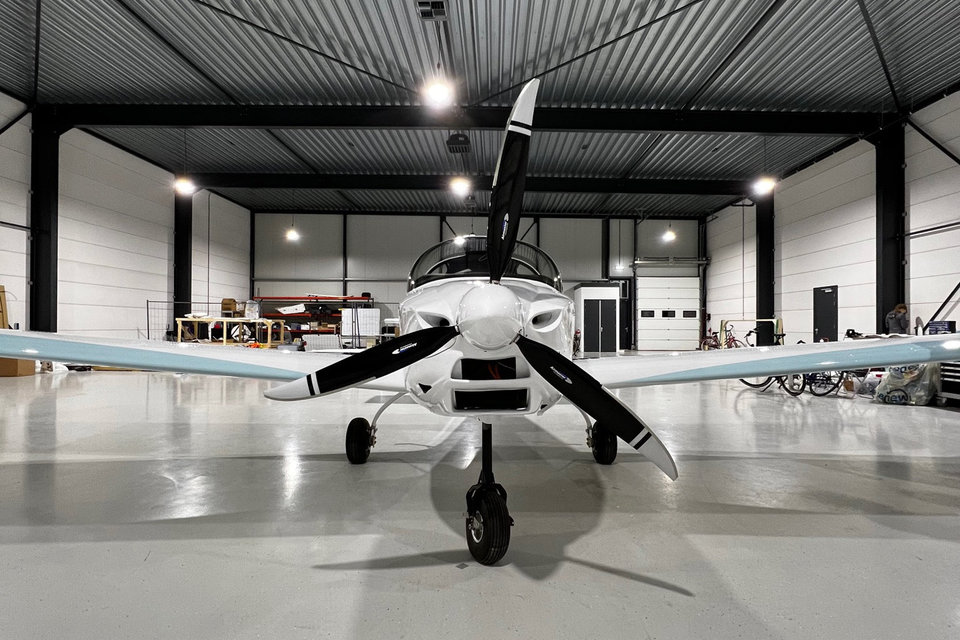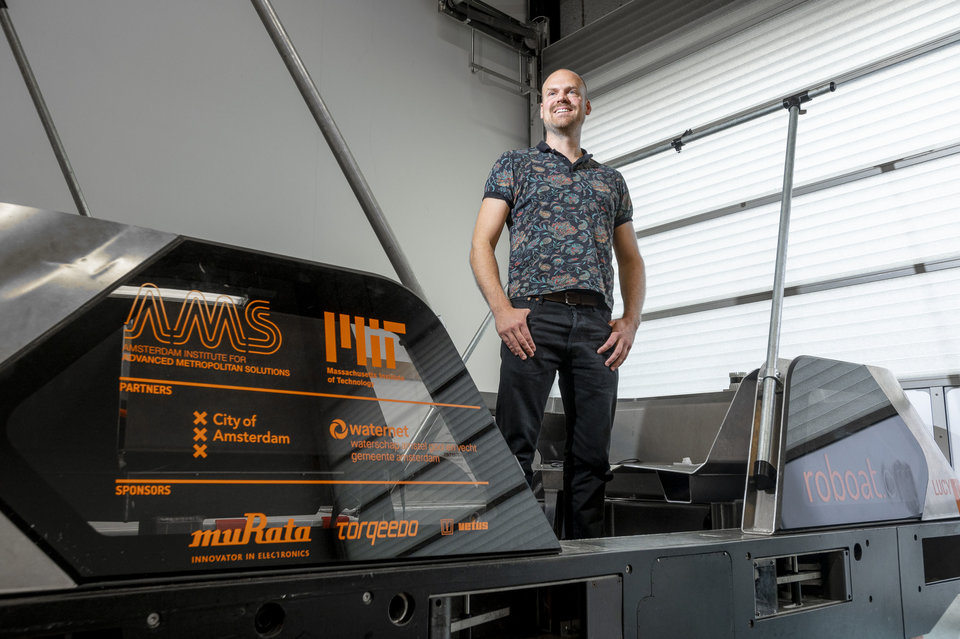Digital innovation with 6G
The 6G mobile network of the future is set to drive new innovations and make communications and data transmission smarter, more economical and more robust.
By Bennie Mols • December 11, 2023

© Getty Images
Grab your phone and check what type of mobile network you’re on. If you’re in the Netherlands, there’s a good chance you’re using 4G. Even though the faster 5G variant (3.5 GHz frequency) is not yet available, work is already underway on the sixth generation of mobile networks, or 6G, which is expected to be ready for rollout starting in 2030. Each generation lasts about ten years, and although the first generations were primarily used for phone calls, 3G and 4G saw the transmission of ever larger amounts of data. 5G and 6G offer even more opportunities for innovative digital applications that require fast, reliable digital communications.
Mobile networks are essential for advancing the digitalisation of our society and fostering innovation in various economic sectors, including industry, energy, logistics and healthcare. One of the goals of 6G is to contribute to Dutch and European ambitions for digital autonomy and sustainability.
Fernando Kuipers, professor of Internet Science at TU Delft and scientific director of the Do IoT Fieldlab, is researching the smart software that will power the future 6G network, in which Artificial Intelligence will play a key role. Together with Lenneke de Voogd, programme manager of the Do IoT Fieldlab, Kuipers is working on Future Network Services (FNS), a public-private programme proposal that aims to develop a strong 6G ecosystem for the Netherlands.
→ 6G in a nutshell
While the underlying technology for 6G is still in development and standards are yet to be set, 6G is expected to reach peak transfer speeds of approximately 1 terabit per second, making it 100 times faster than 5G and 1000 times faster than 4G. On top of that, lag will be cut to mere milliseconds and the capacity of the new network will increase by a factor of 100. The frequency of the radio waves used will be between 30 GHz and 3 THz.
Fernando Kuipers: ‘Other key features of 6G are its high reliability, scalability to vast quantities of devices and energy efficiency. Accomplishing all those goals will require smarter software, for which 6G will harness the power of Artificial Intelligence (AI). Conversely, 6G will also be used for AI applications, as the 6G network will make it possible to process data closer to the source instead of sending it to the cloud.’
Lenneke de Voogd: ‘The innovative applications powered by 6G range from smart factories, smart grids and remote medical procedures to transport hubs, e-commerce platforms and extended reality applications such as e-sports or training instruments for maintenance.’
Mobile networks are
essential for advancing
the digitalisation of our
society and fostering
innovation in various
economic sectors,
including industry,
energy, logistics and
healthcare.




→ Robustness
Network technology has become so complex that the vast majority of network incidents in Europe are now caused by human error. ‘An important area of research for us to explore is if and how AI can help cut out those errors’, Kuipers explains. ‘My own research revolves around harnessing AI to make reliable, smart software for mobile networks.’
→ Future Network Services (FNS)
Future Network Services (FNS) is a seven-year public-private partnership programme that aims to create a unified, powerful 6G ecosystem in the Netherlands. The programme focuses on developing smart radio components and antennae, smart networks, and applications for key Dutch sectors. FNS is led by TNO in cooperation with TU Delft and TU Eindhoven.
‘We were awarded a grant from the National Growth Fund for the initial two-year phase’, De Voogd explains, ‘which amounted to about EUR 61 million in funding. If all goes well, the second and final phase will follow, costing an expected EUR 142 million. In the past, Dutch efforts to study new mobile networks were diffuse and fragmented. The FNS is our first-ever national research and innovation consortium in which all 60 partners share their knowledge and experience.’
→ Do IoT Fieldlab
TU Delft's Do IoT Fieldlab is where scientists, students, entrepreneurs and companies come together to experiment with future mobile network technology. ‘We already have our own pre-commercial, operator-independent 5G network’, says De Voogd, ‘and we will also start experimenting with pre-commercial 6G technology in the near future. Developing new applications and efficiently implementing them is a struggle for individual companies, but the Do IoT Fieldlab lets them band together and run experiments with our experts to test and develop prototypes. What are the practical benefits of 5G or 6G mobile networks? Can their software run efficiently on the network? Do actual network speeds meet expectations? Will 6G enable us to connect plug-and-play components in a way that allows companies to easily build new applications?’
→ Strategic autonomy
The development of 6G network technology reflects geopolitical realities, with the major power blocs (the U.S., China and Europe) seeking to carve out maximum autonomy. ‘Europe spearheaded the development of 1G to 4G, with companies like Ericsson and Nokia leading the way’, Kuipers recalls. ‘With 5G, Europe lost that position. We aim to regain the lead with 6G.’
'Our ambitions are to reduce the country’s dependence on other states’, De Voogd concludes, ‘and leveraging our strengths will allow us to do just that. Dutch companies such as NXP and Ampleon are global leaders in the production of key radio components for mobile network technology. The Netherlands also has ample network software knowledge at its universities, and our social and economic sectors are characterised by a high degree of digital integration.’

![[Translate to English:] [Translate to English:]](https://filelist.tudelft.nl/_processed_/c/8/csm_David%20Peck%20-%20web_7233a65c29.jpg)




